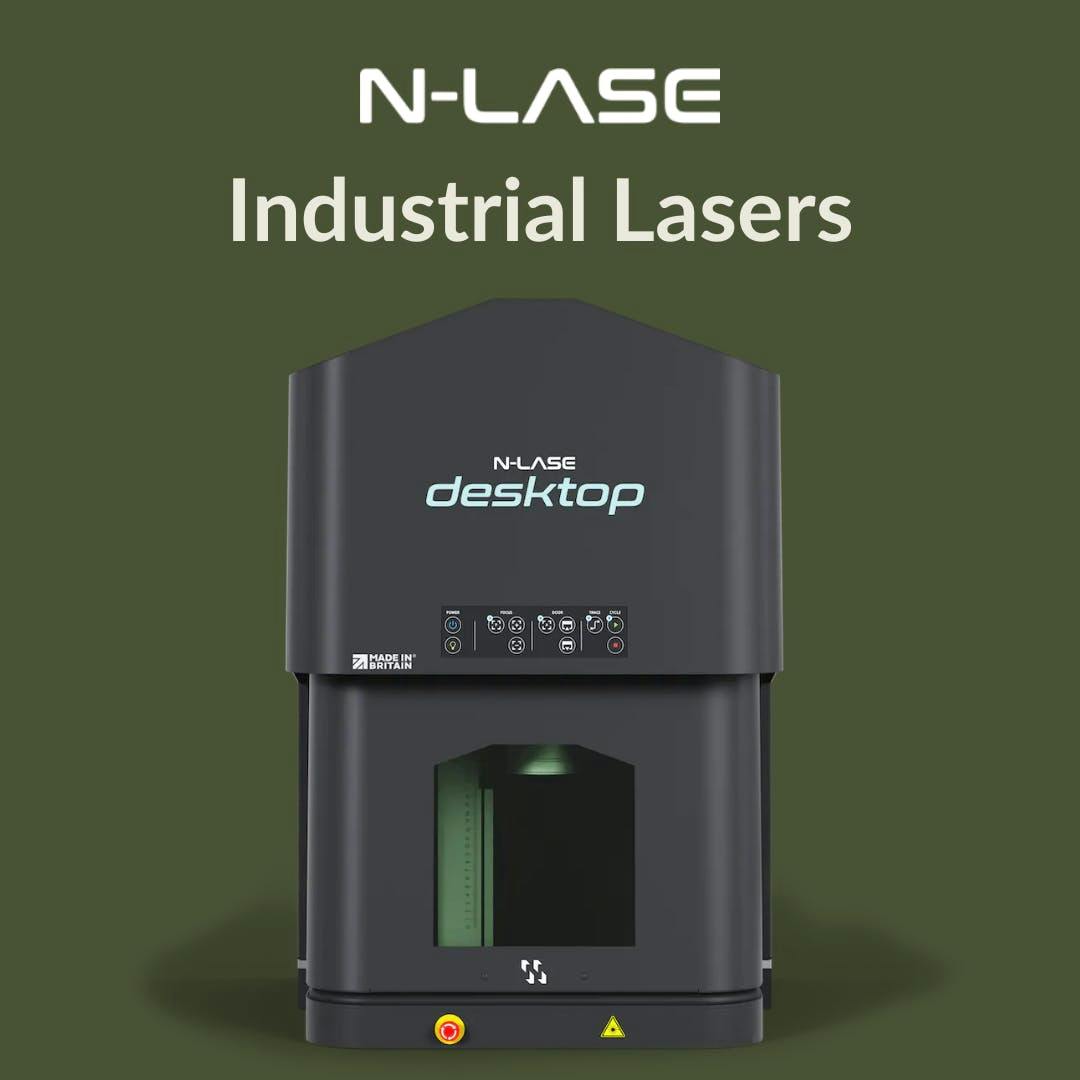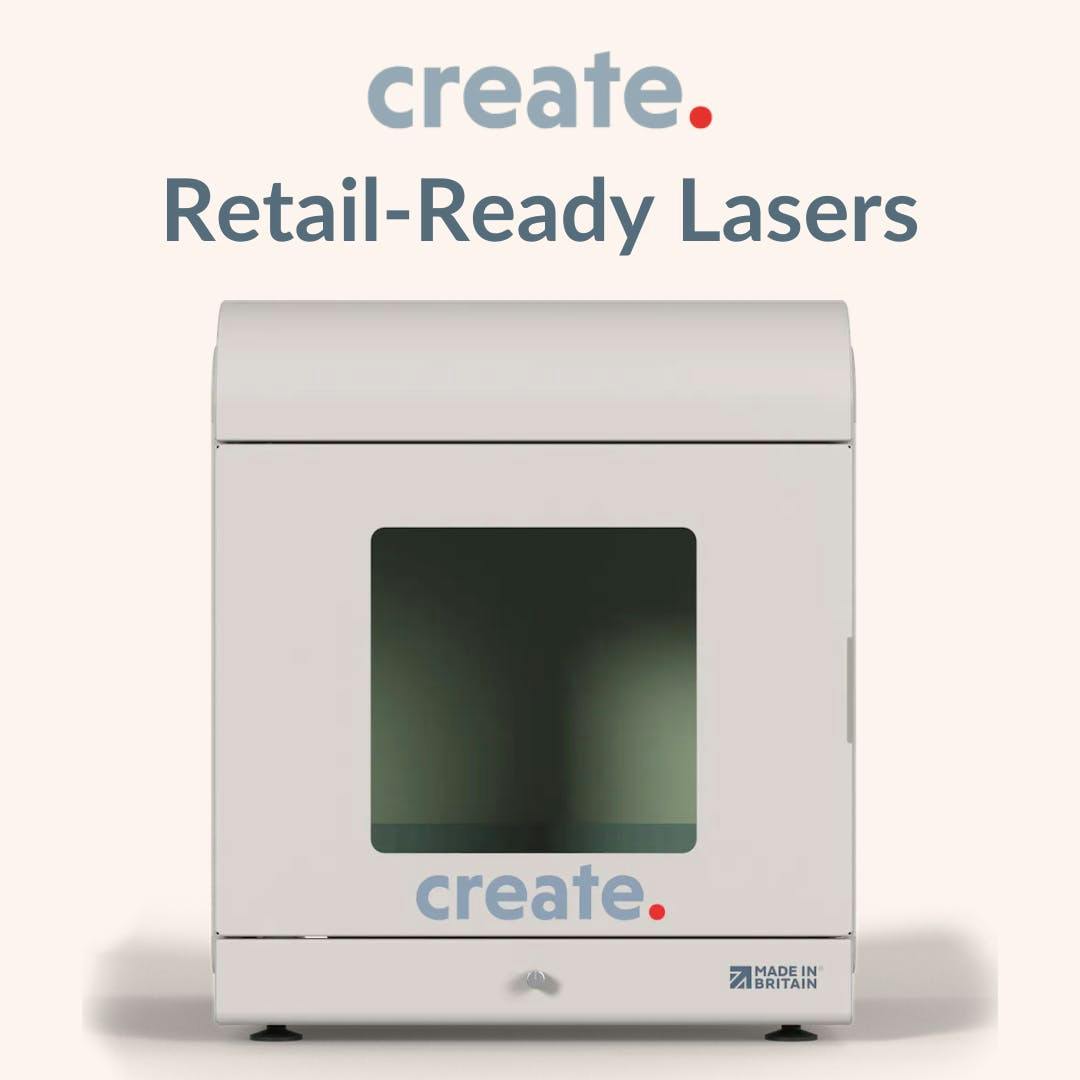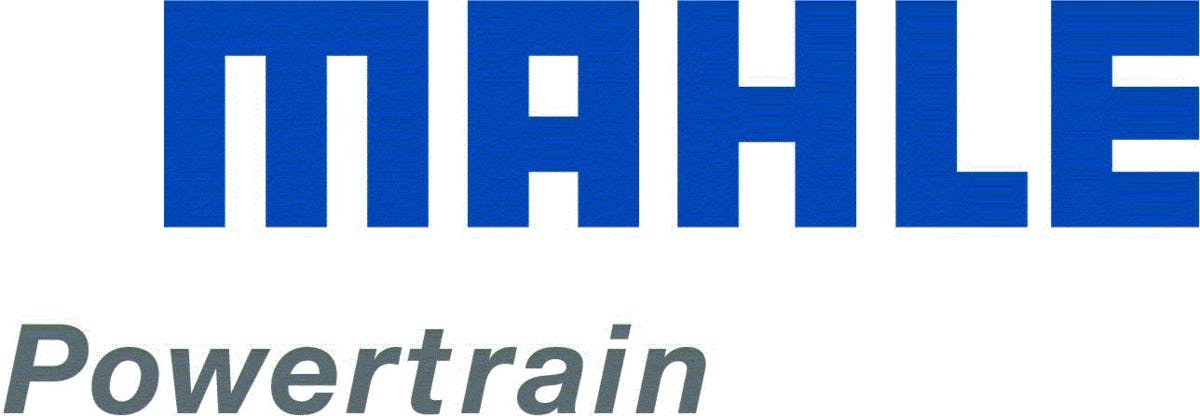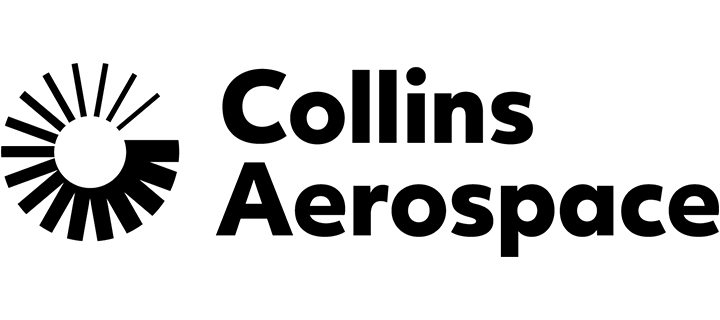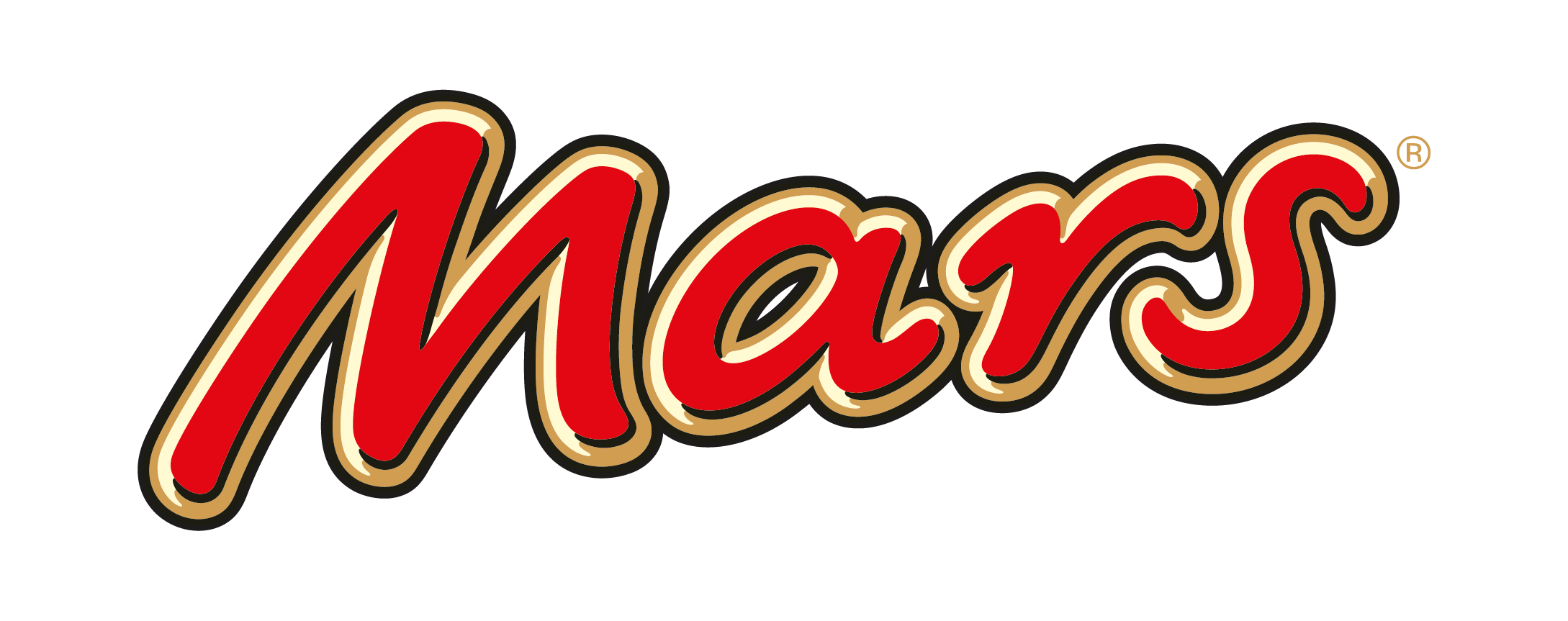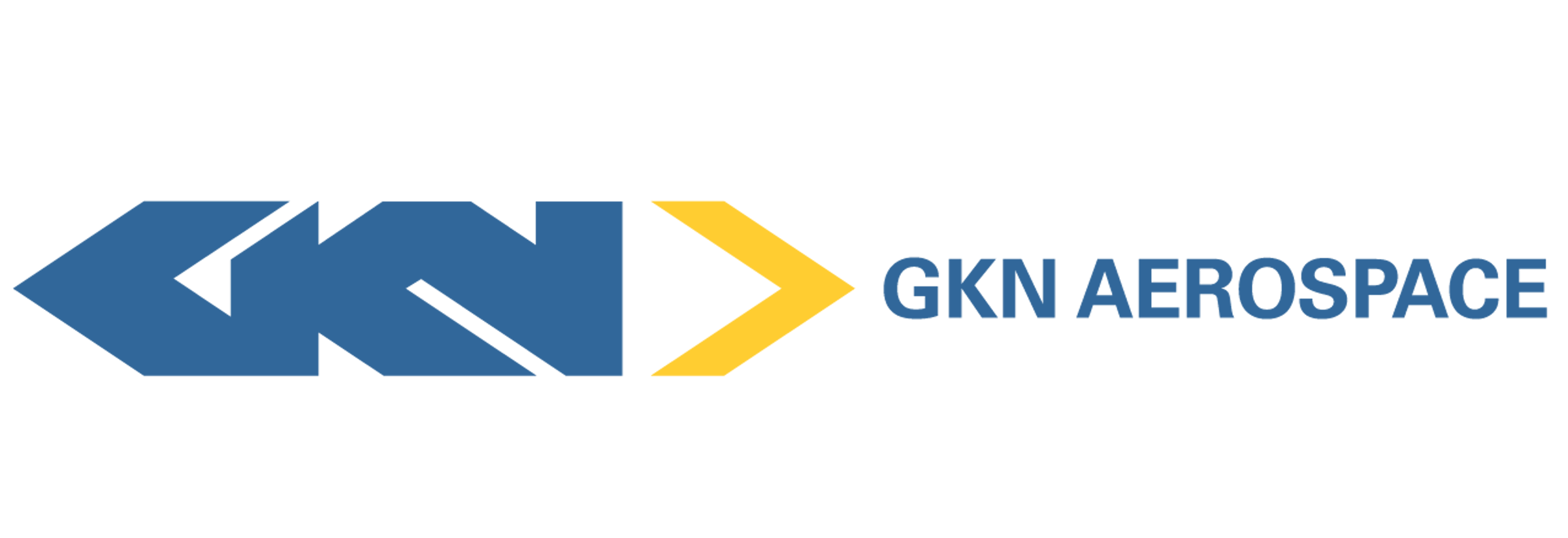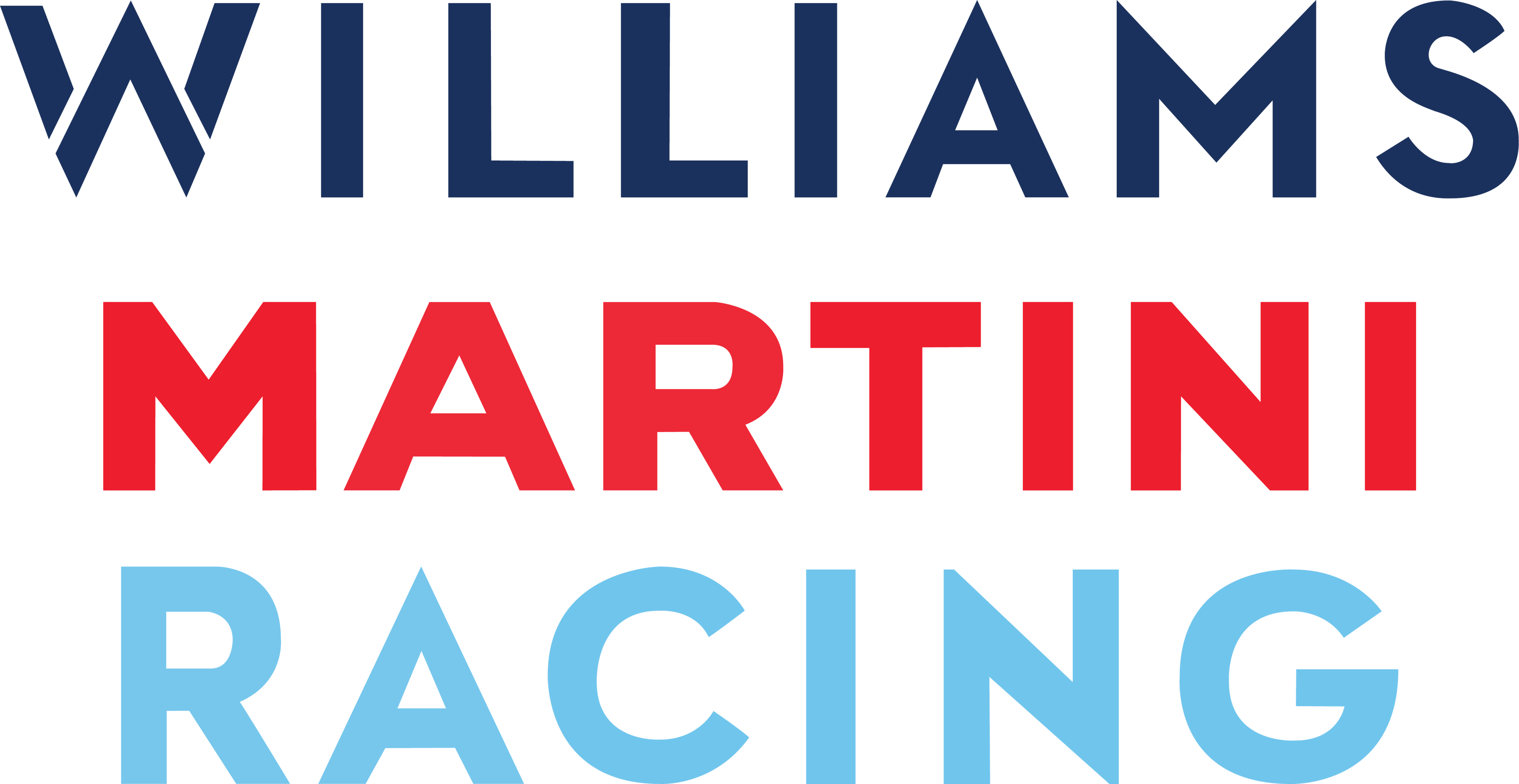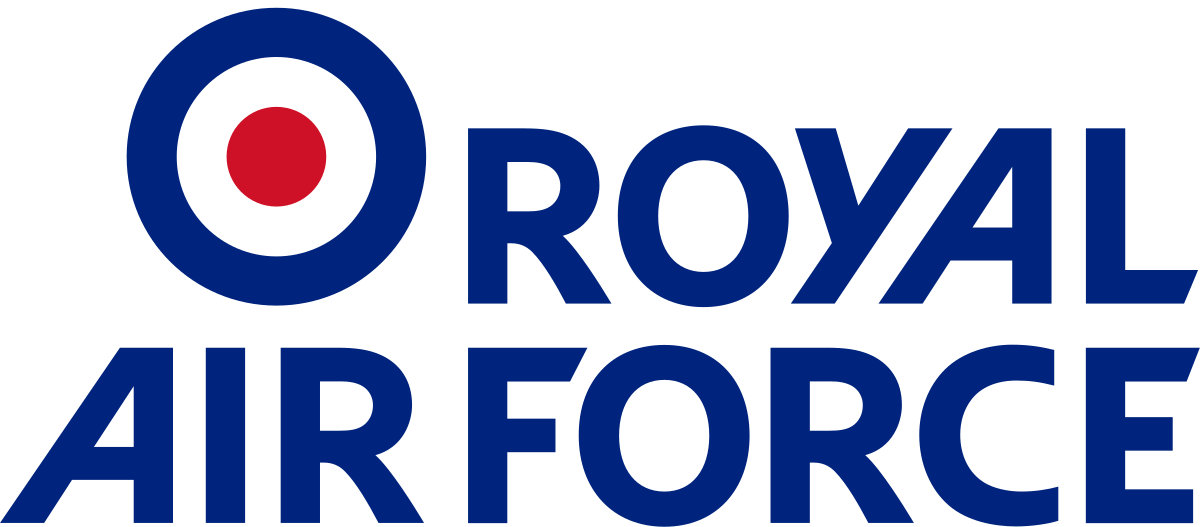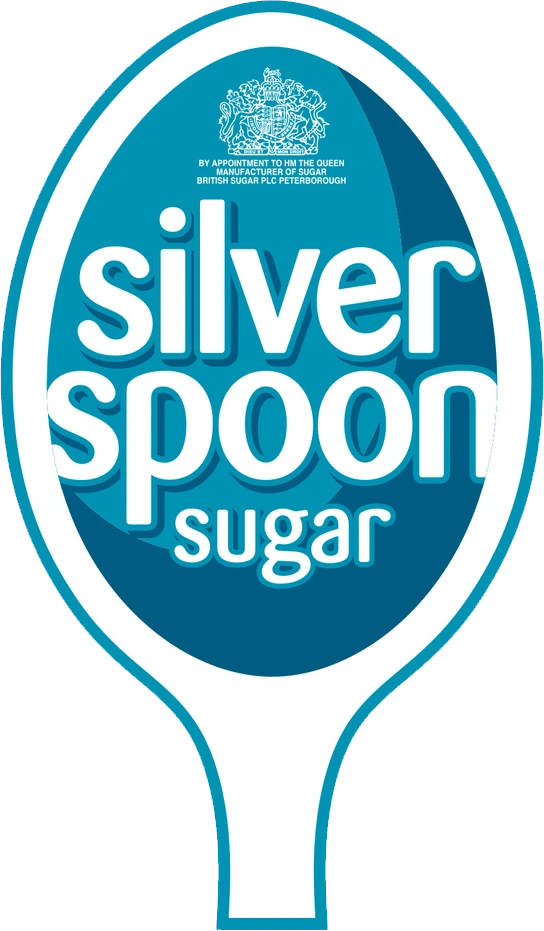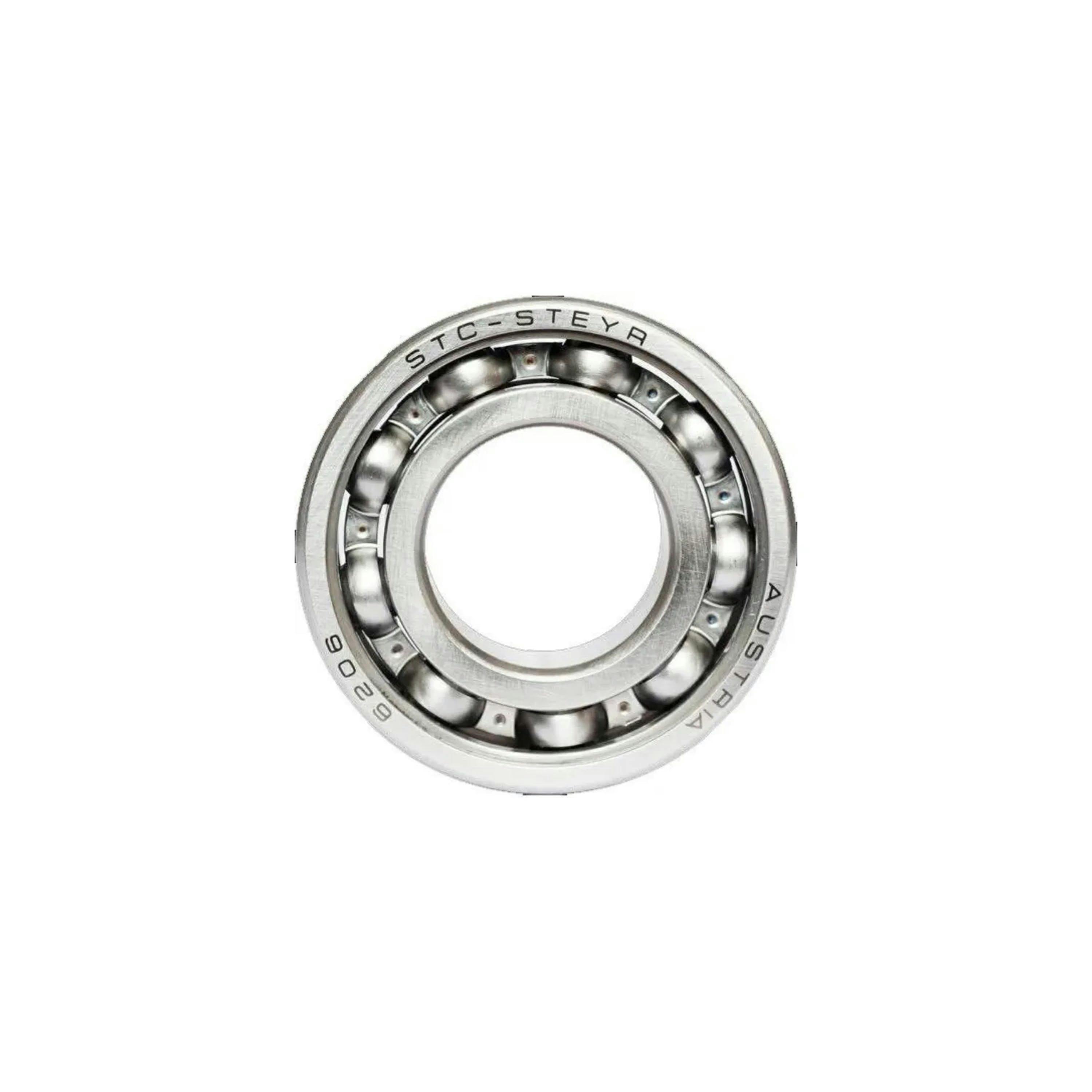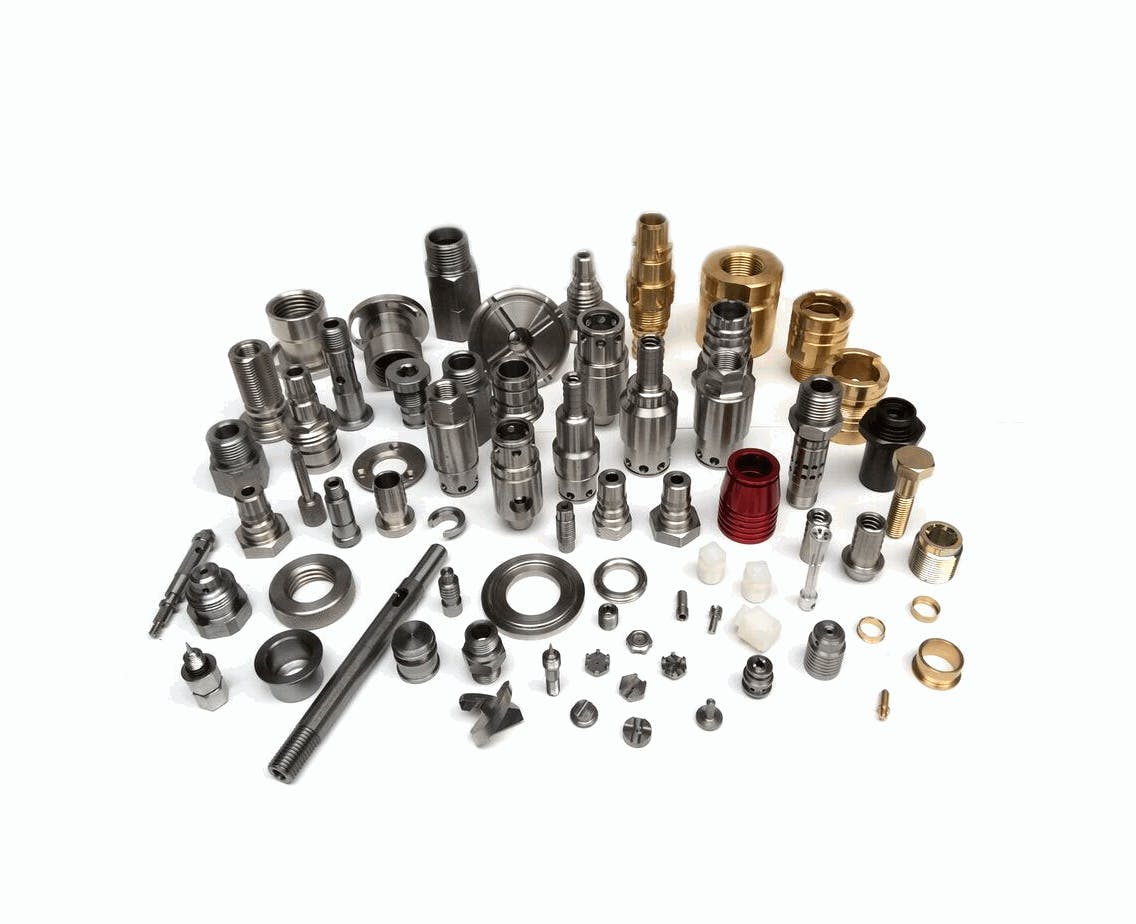The Precision of Laser Engraving and Marking Machines
Laser engraving has rapidly become a pivotal tool in industries where accuracy and precision are paramount. At Needham Laser, we pride ourselves on offering state-of-the-art laser engraving machines tailored to meet the diverse needs of our clients. From small-scale entrepreneurs to established businesses, our equipment is geared towards delivering impeccable results every time.
Moving beyond engraving, laser etching stands out for its ability to create distinct, long-lasting markings on a variety of materials. It's not just about engraving depth but the finesse of the etch that distinguishes one brand from another. Our advanced laser marking systems ensure every etch is uniform, consistent, and meets the highest industry standards.
From Personal Projects to Industrial Excellence
For those who work with intricate components, laser scribing is a game-changer. It's an essential tool for industries that demand precise etching on electronic components or delicate materials without compromising the substrate's integrity.
Industrial engraving demands a balance of speed, precision, and reliability. Our industrial-grade machines are designed to handle high-volume tasks without sacrificing the quality of the output. And for professionals who seek a textured, tactile finish, laser embossing provides a solution. It creates elevated designs on materials, adding a touch of sophistication to products.
MOPA fibre laser engravers stand out due to their adaptability. Their unique ability to adjust laser parameters means they can handle a variety of engraving tasks, from deep and pronounced to delicate and subtle, meeting a broad spectrum of industry requirements.
When you opt for Needham Laser, you're not just investing in machinery, you're securing a commitment to quality, efficiency, and professional excellence. Explore our range, and let our technologies columnselevate your engraving endeavours.




